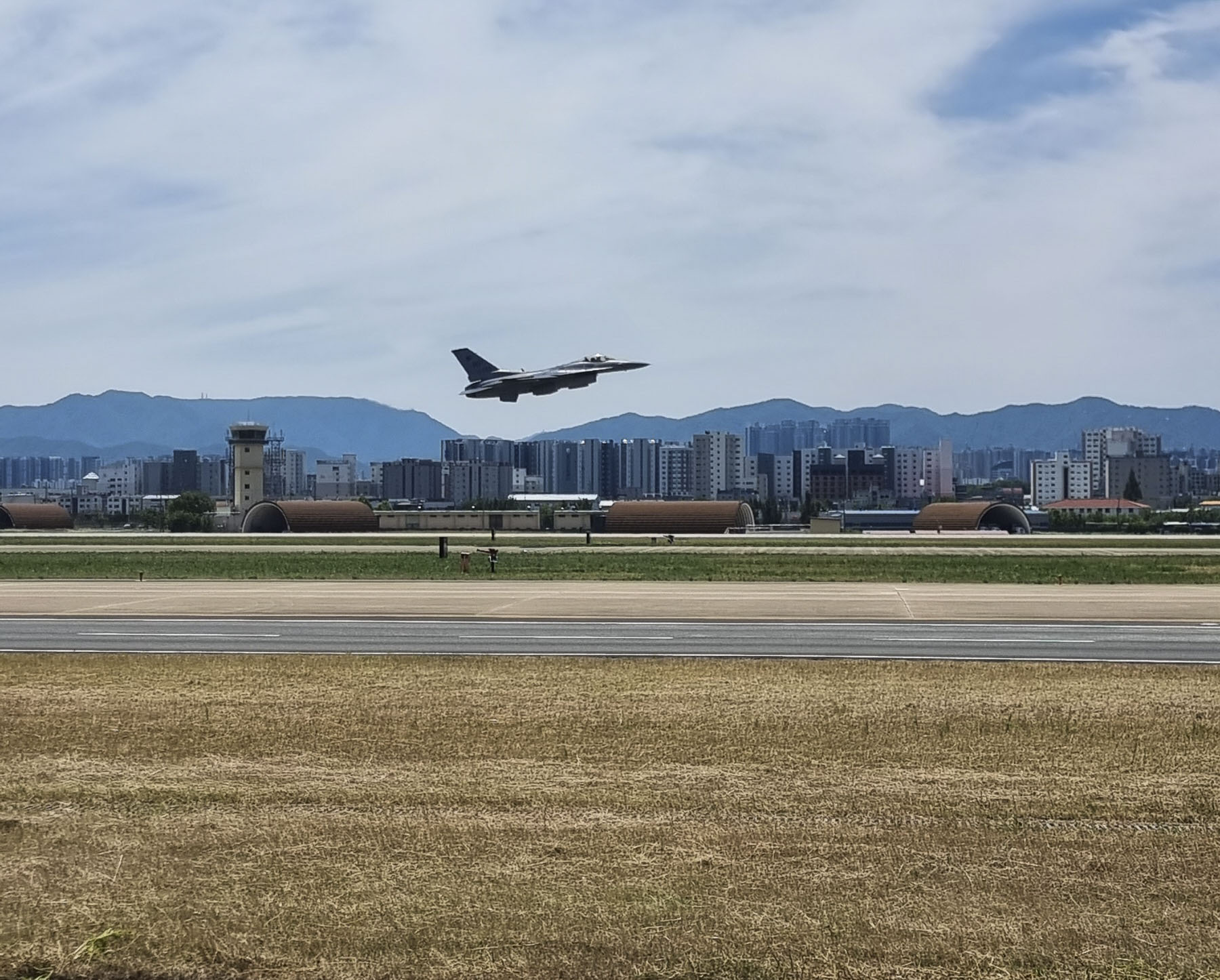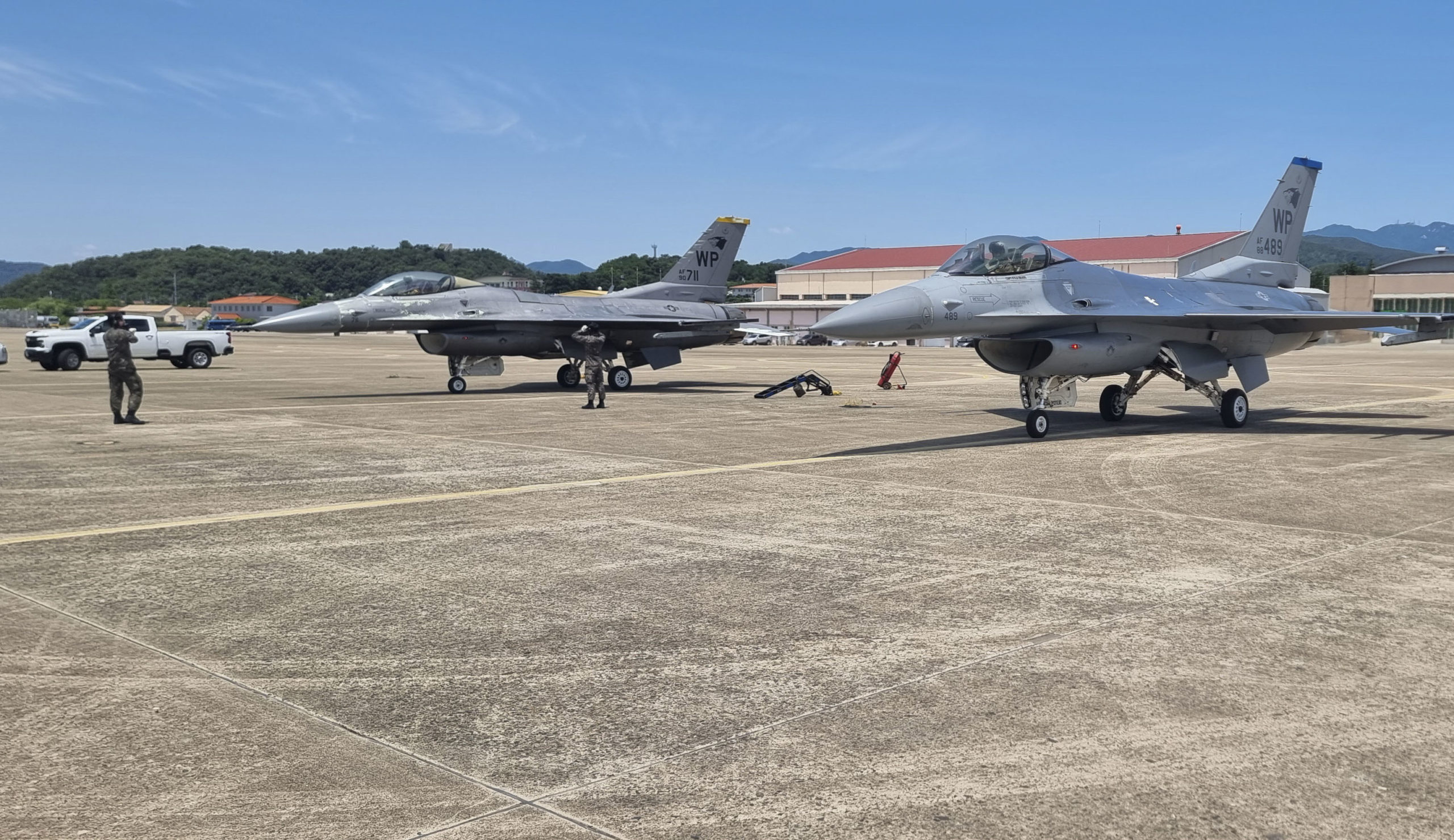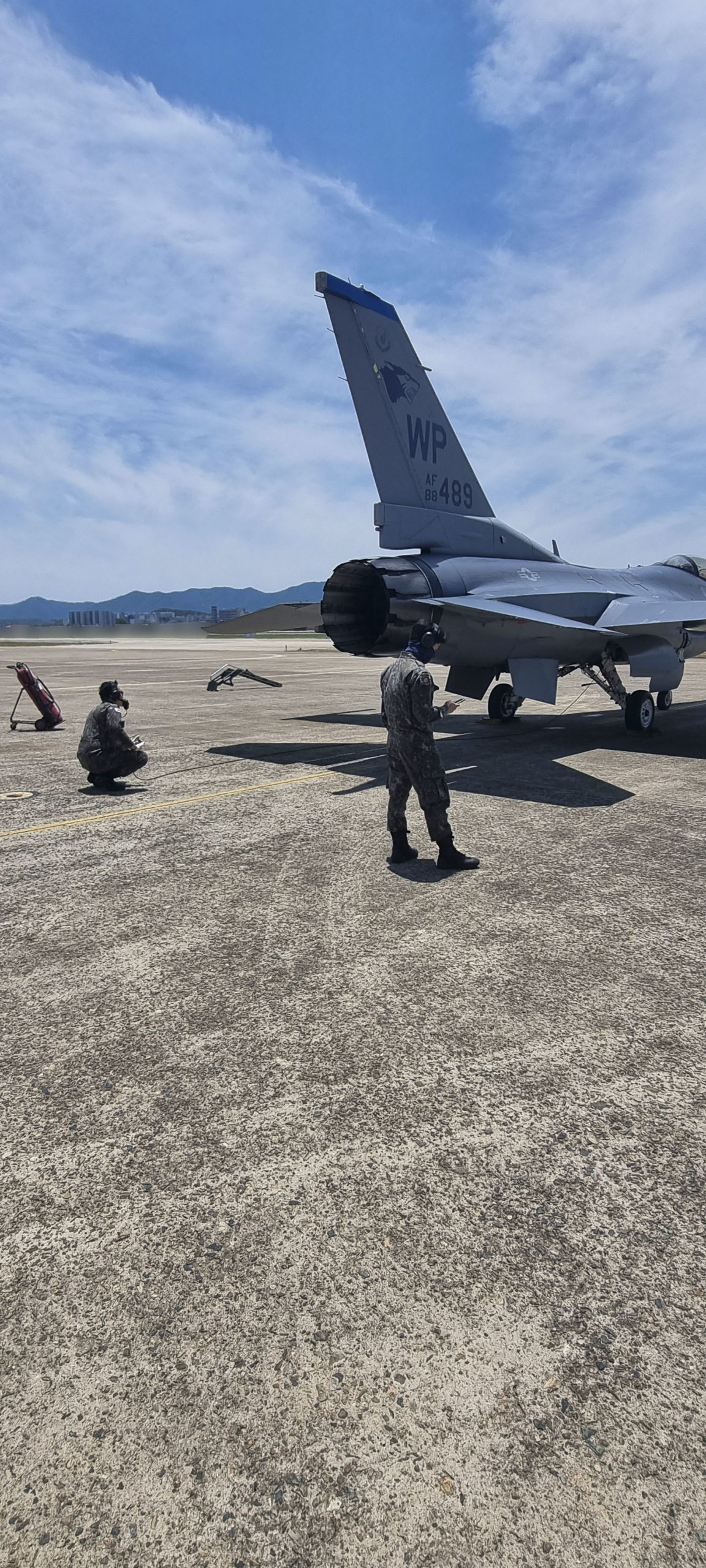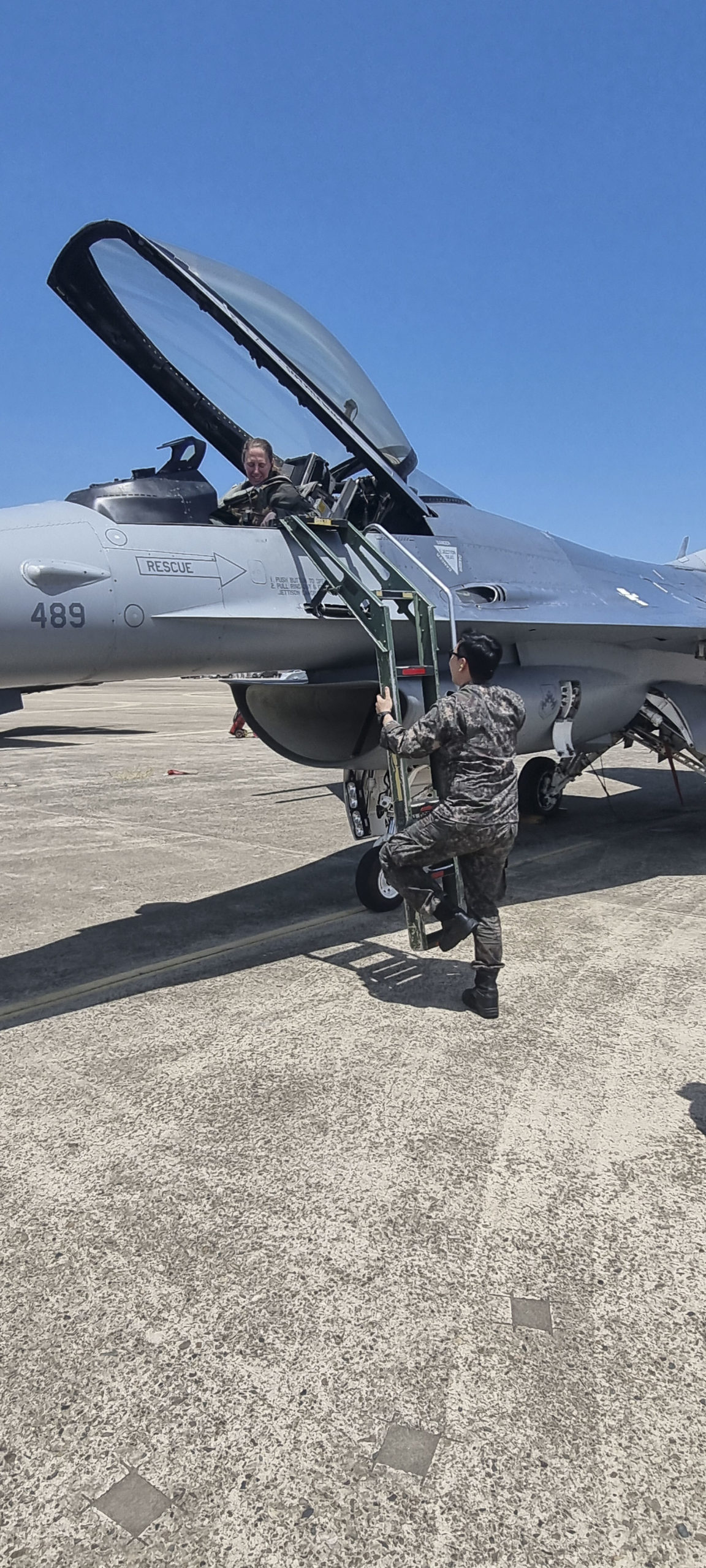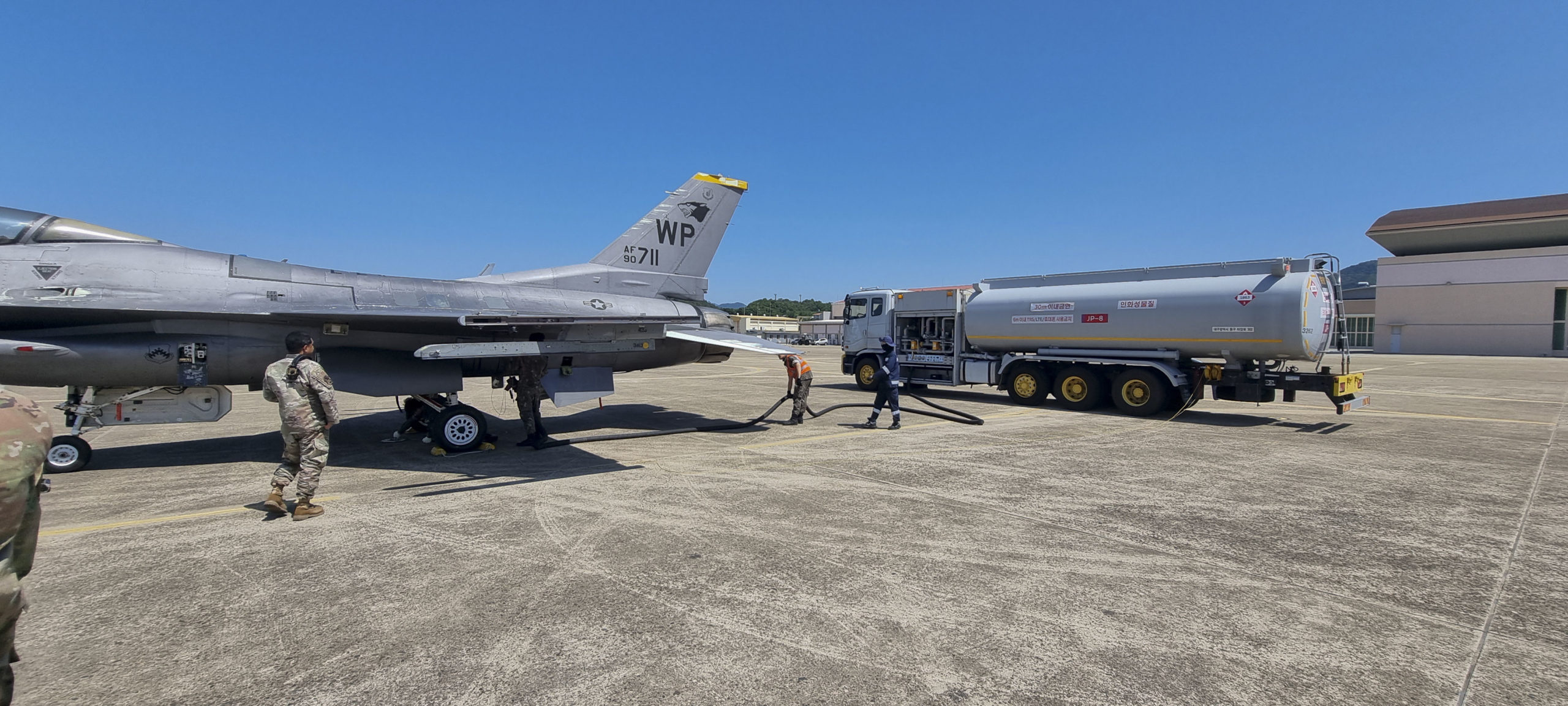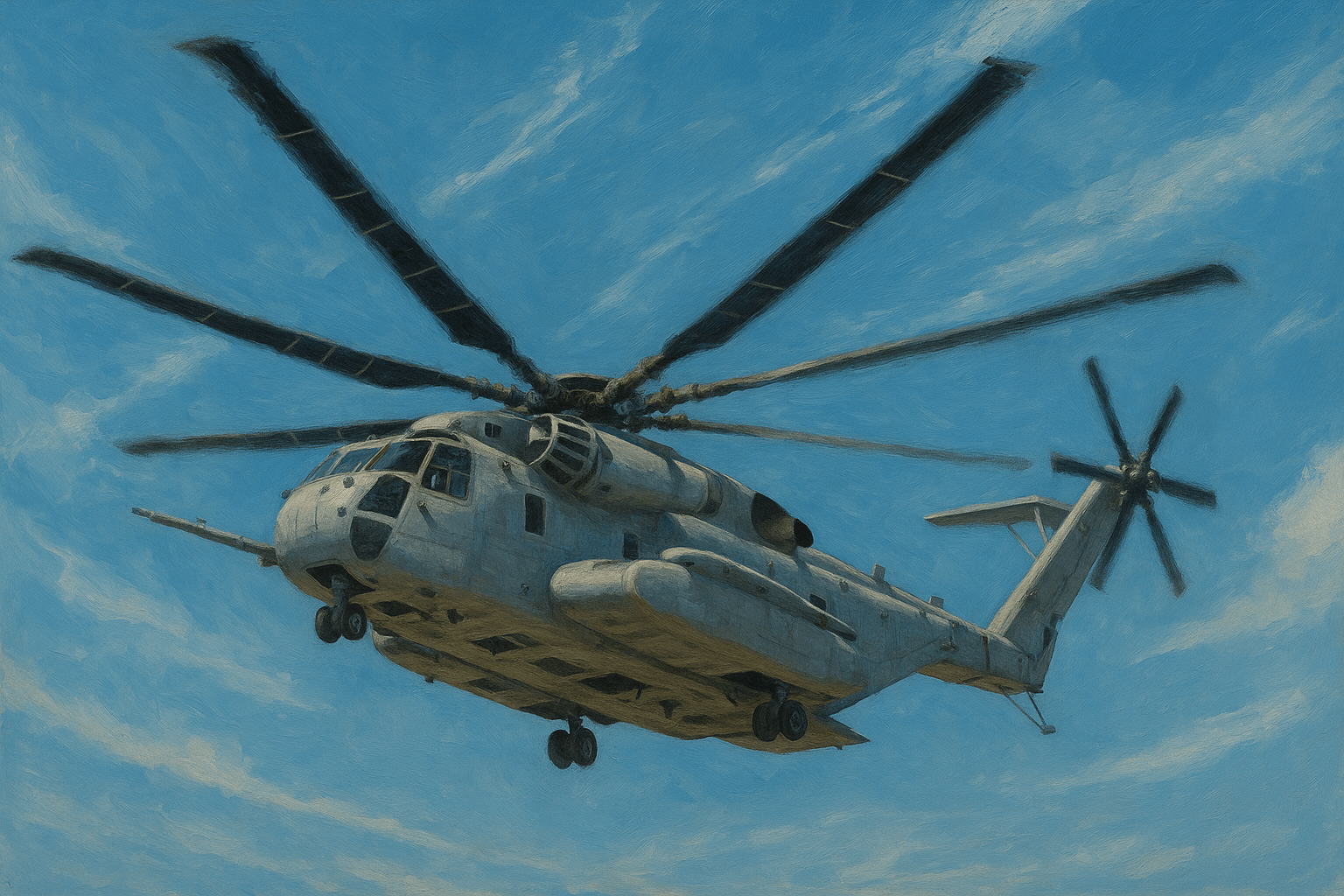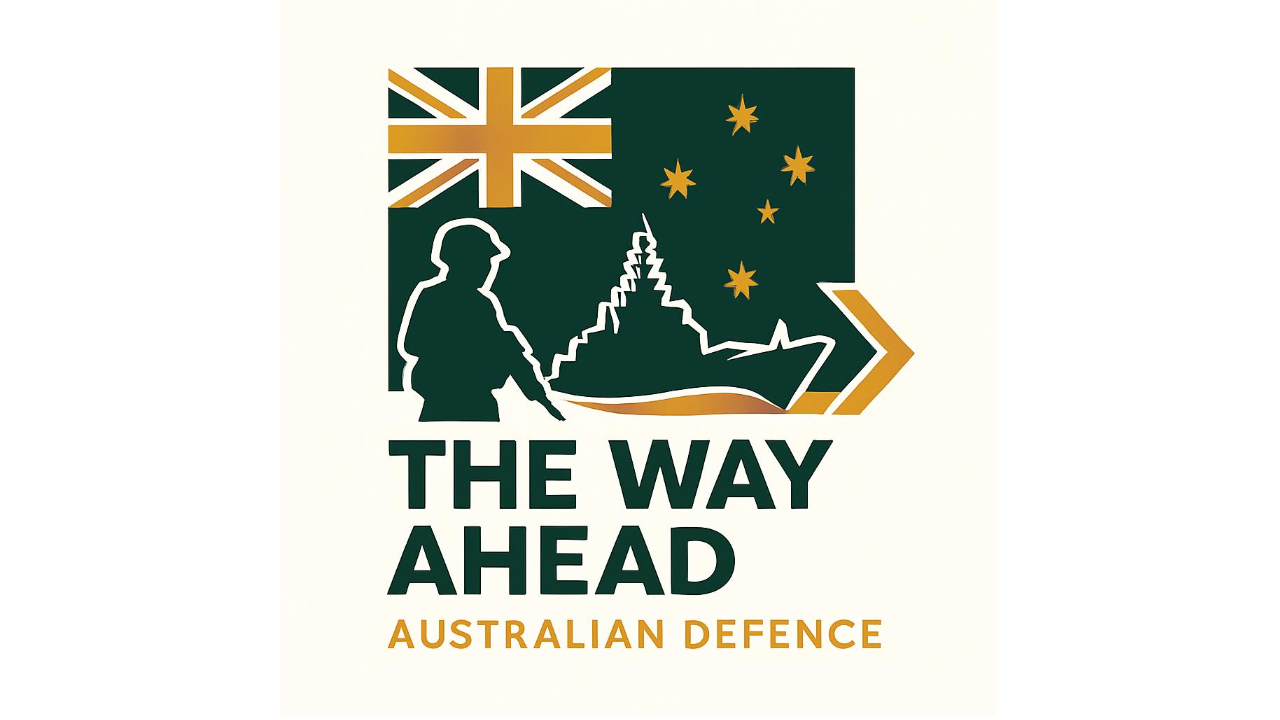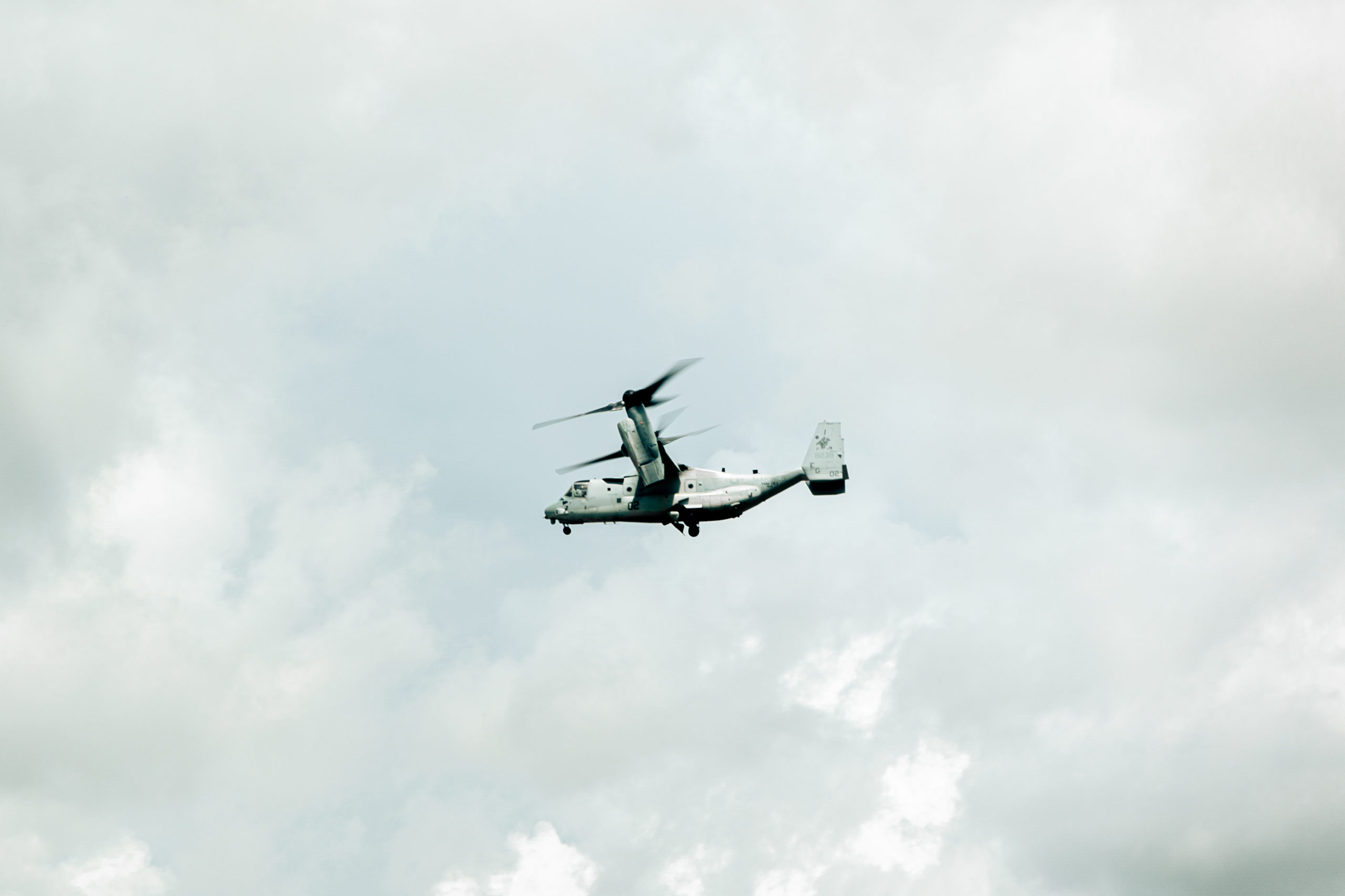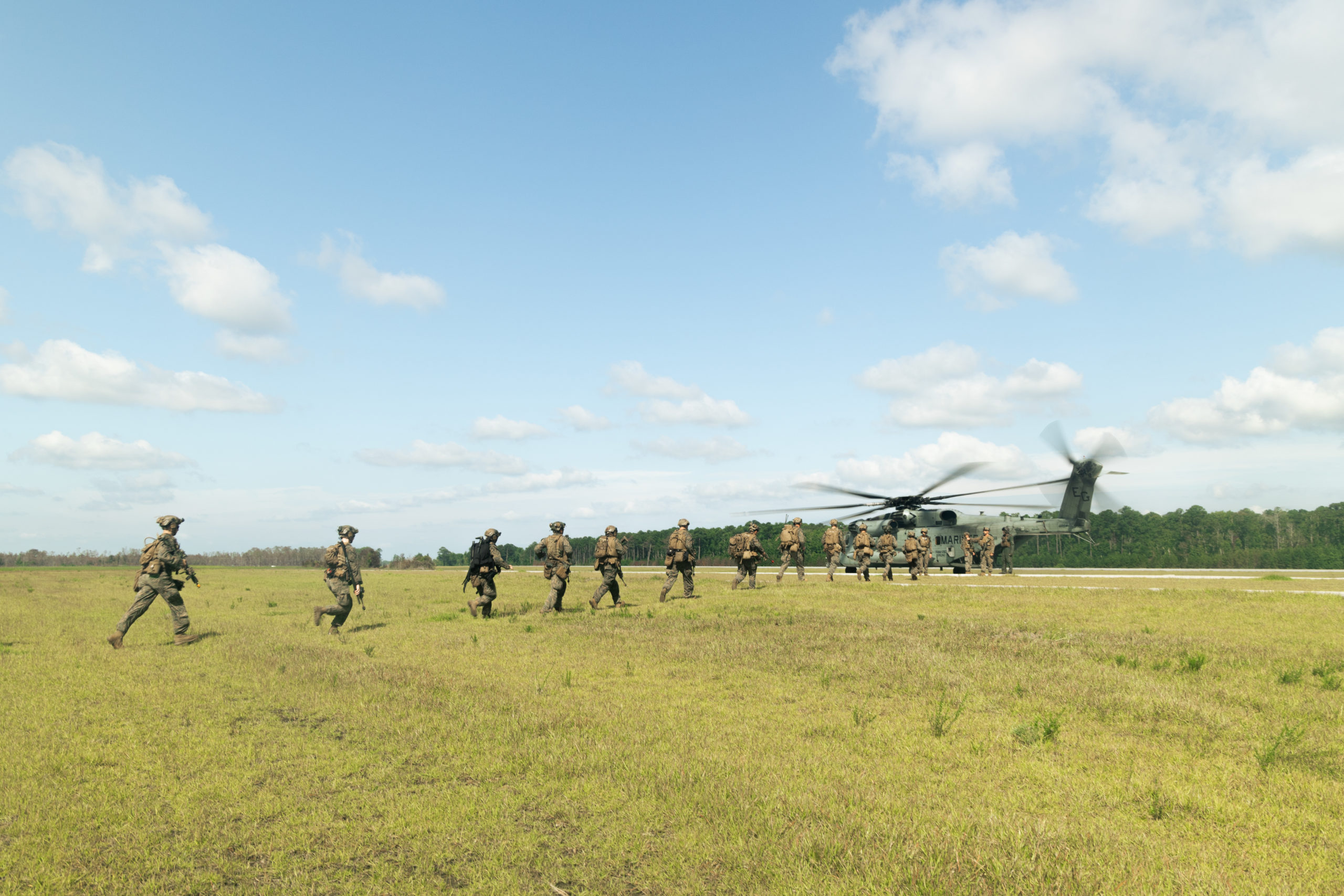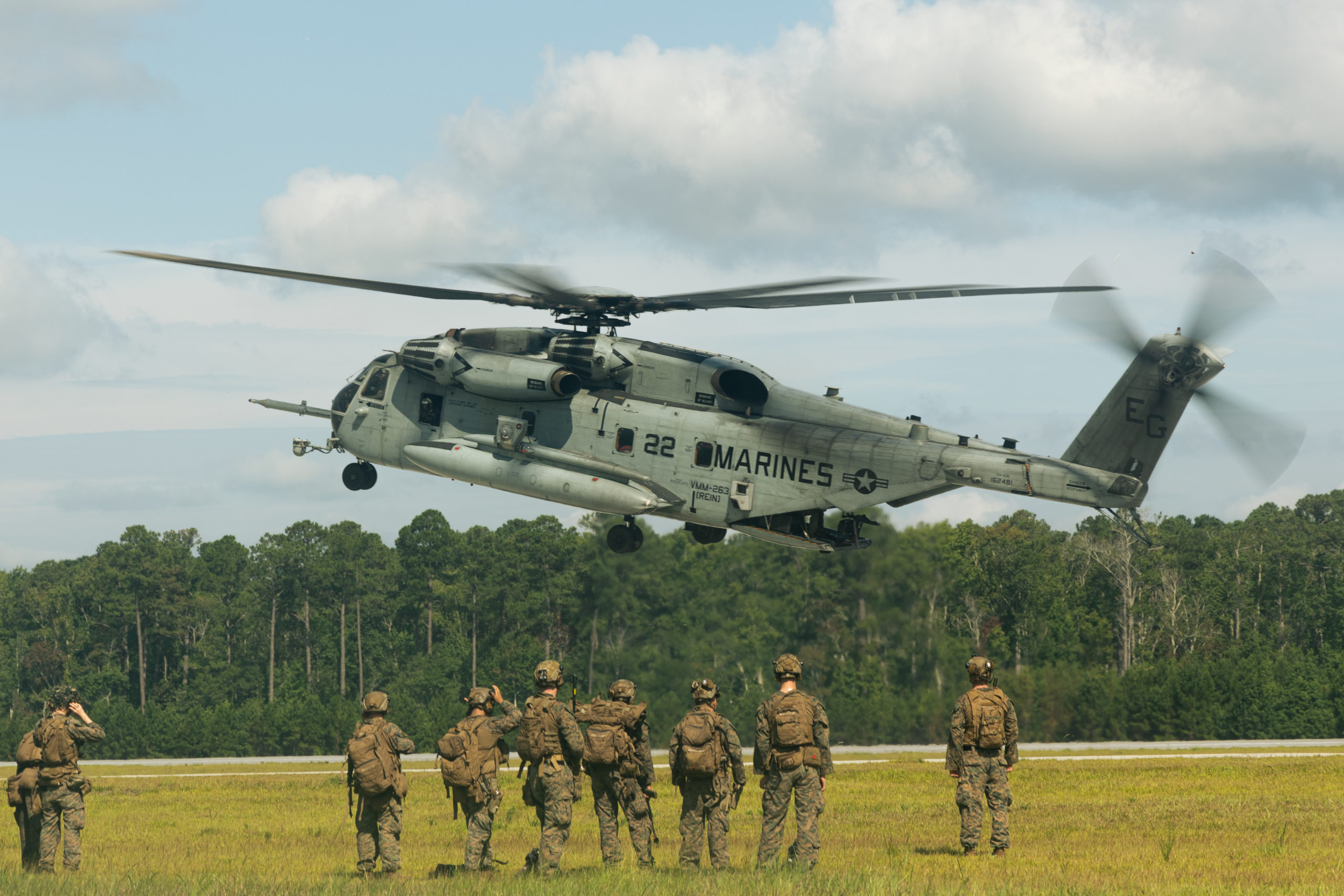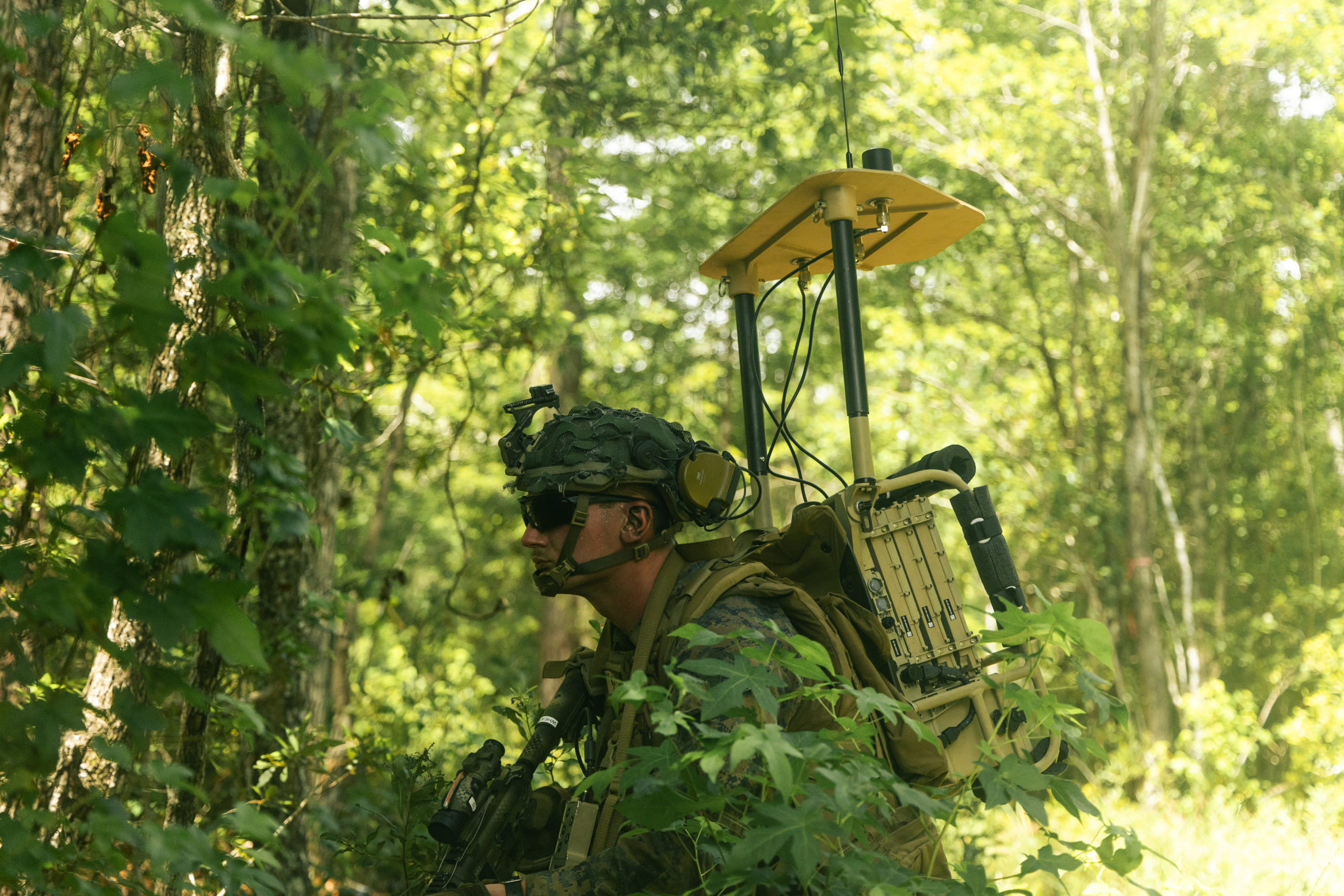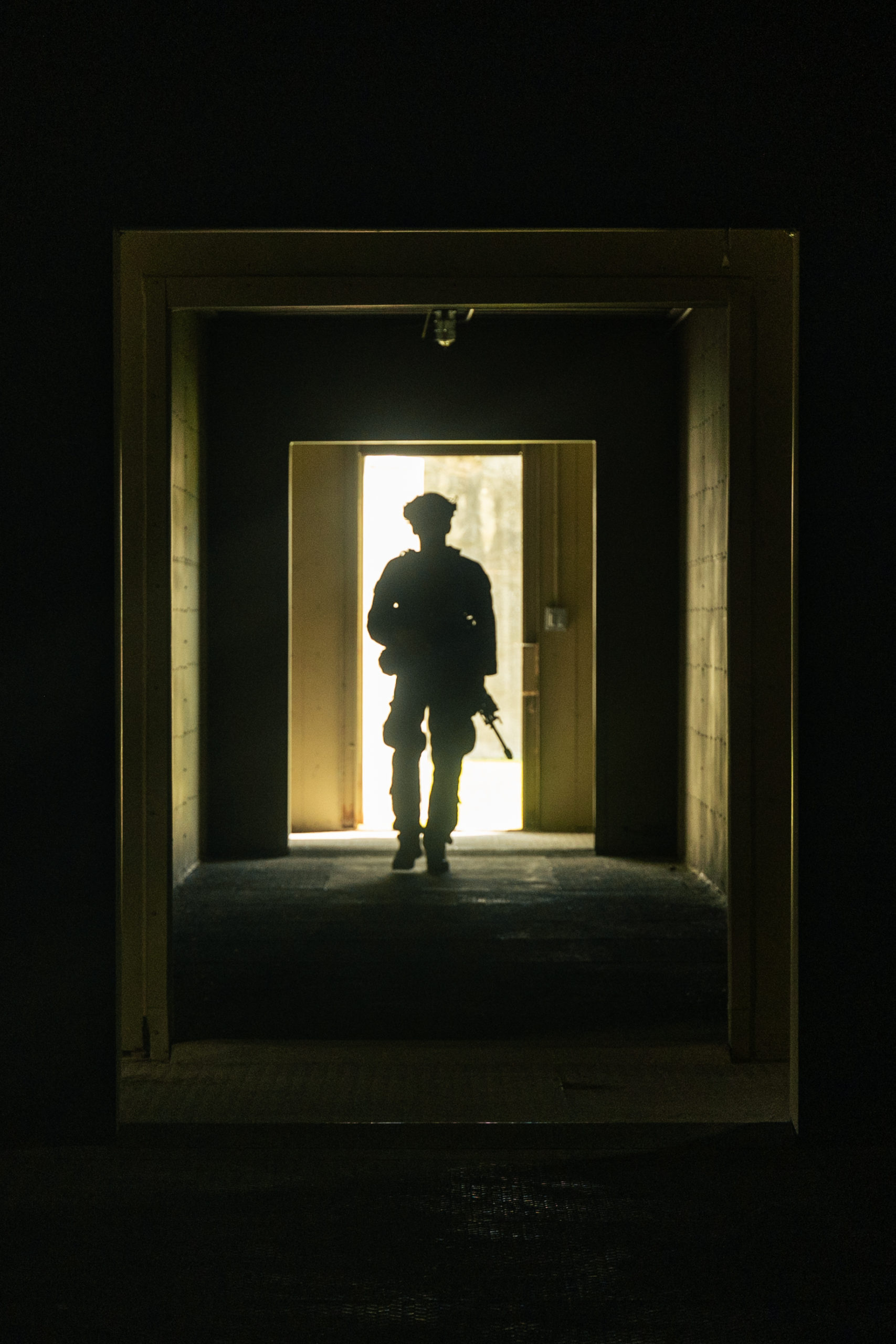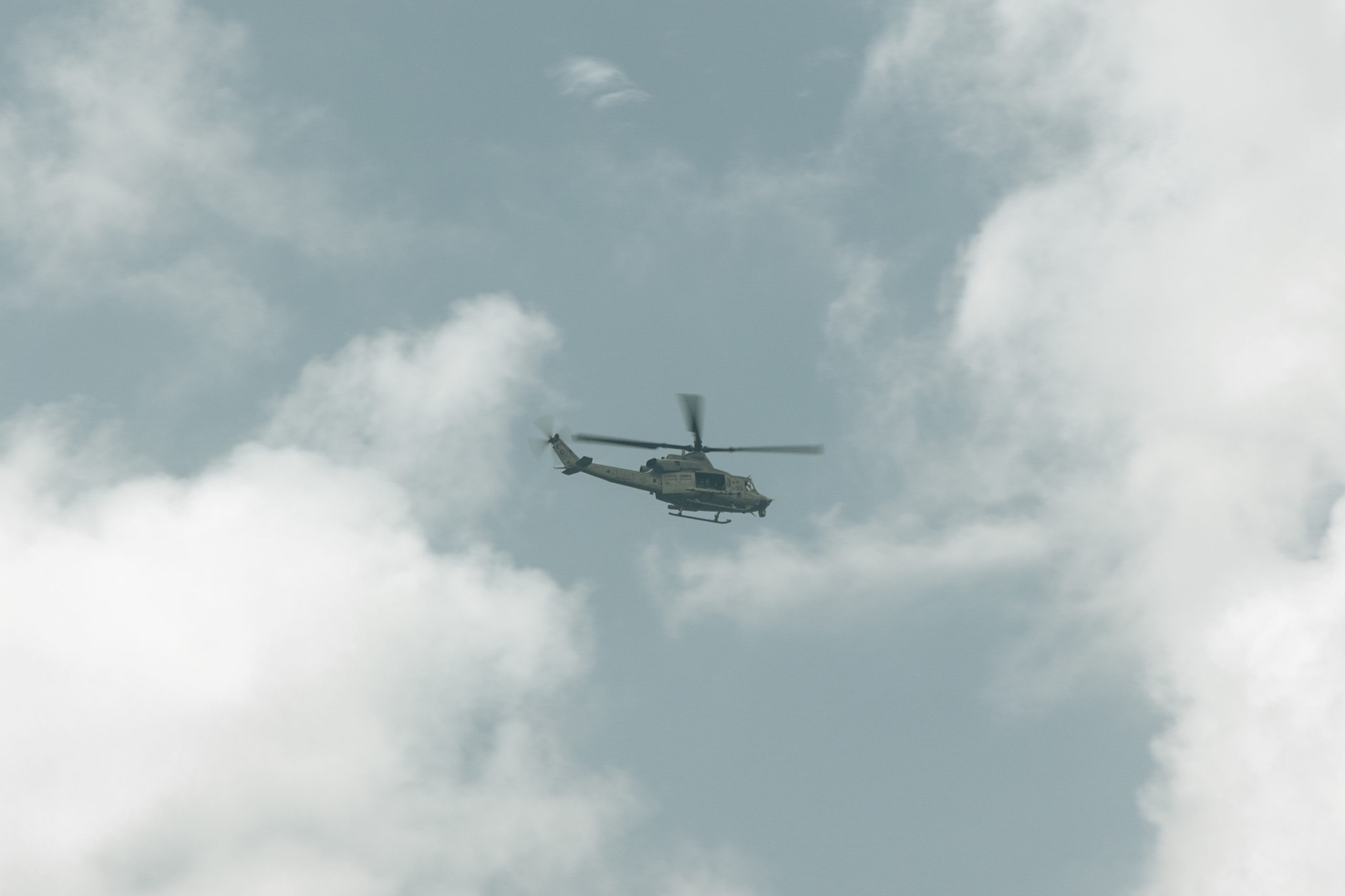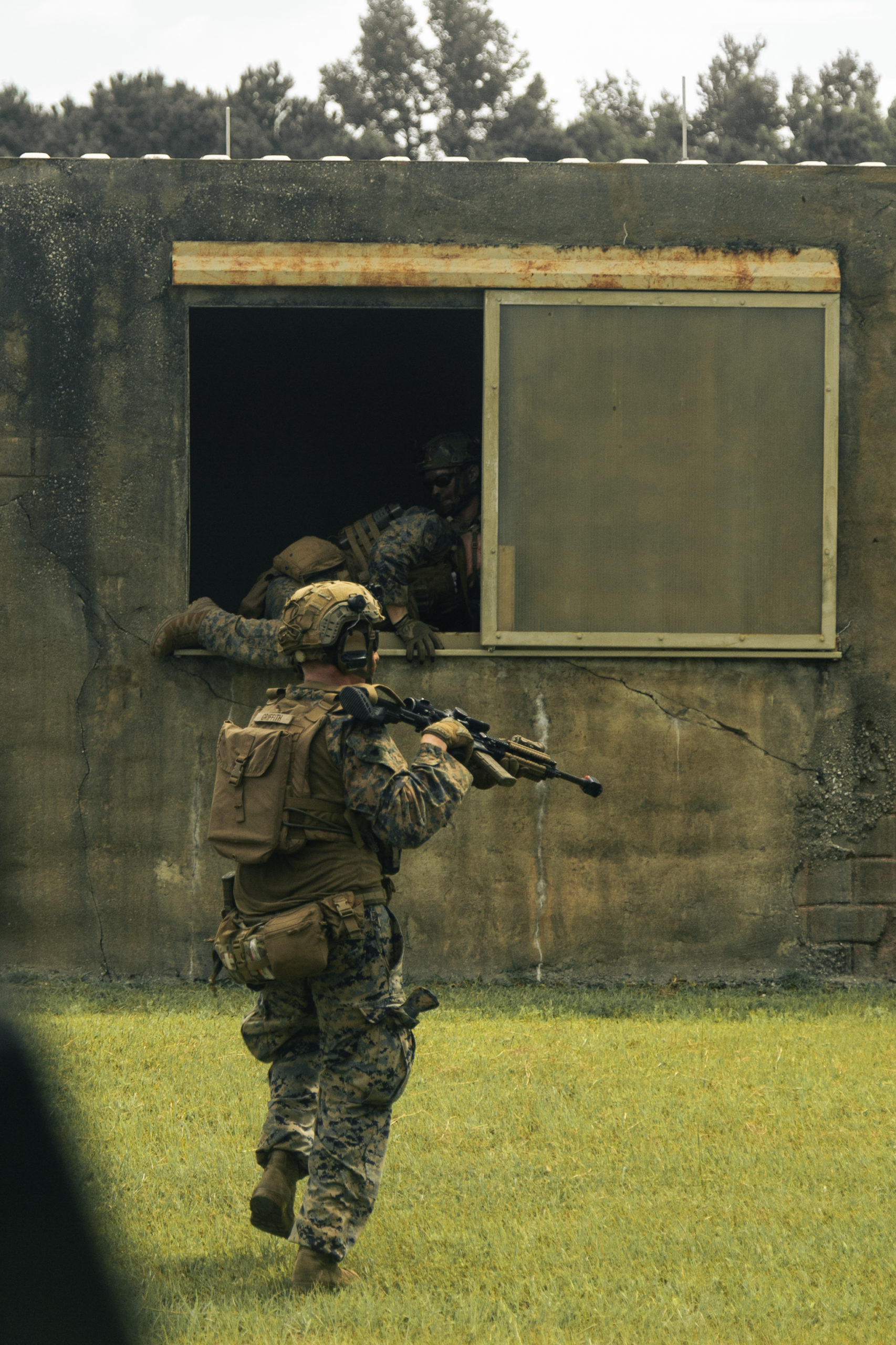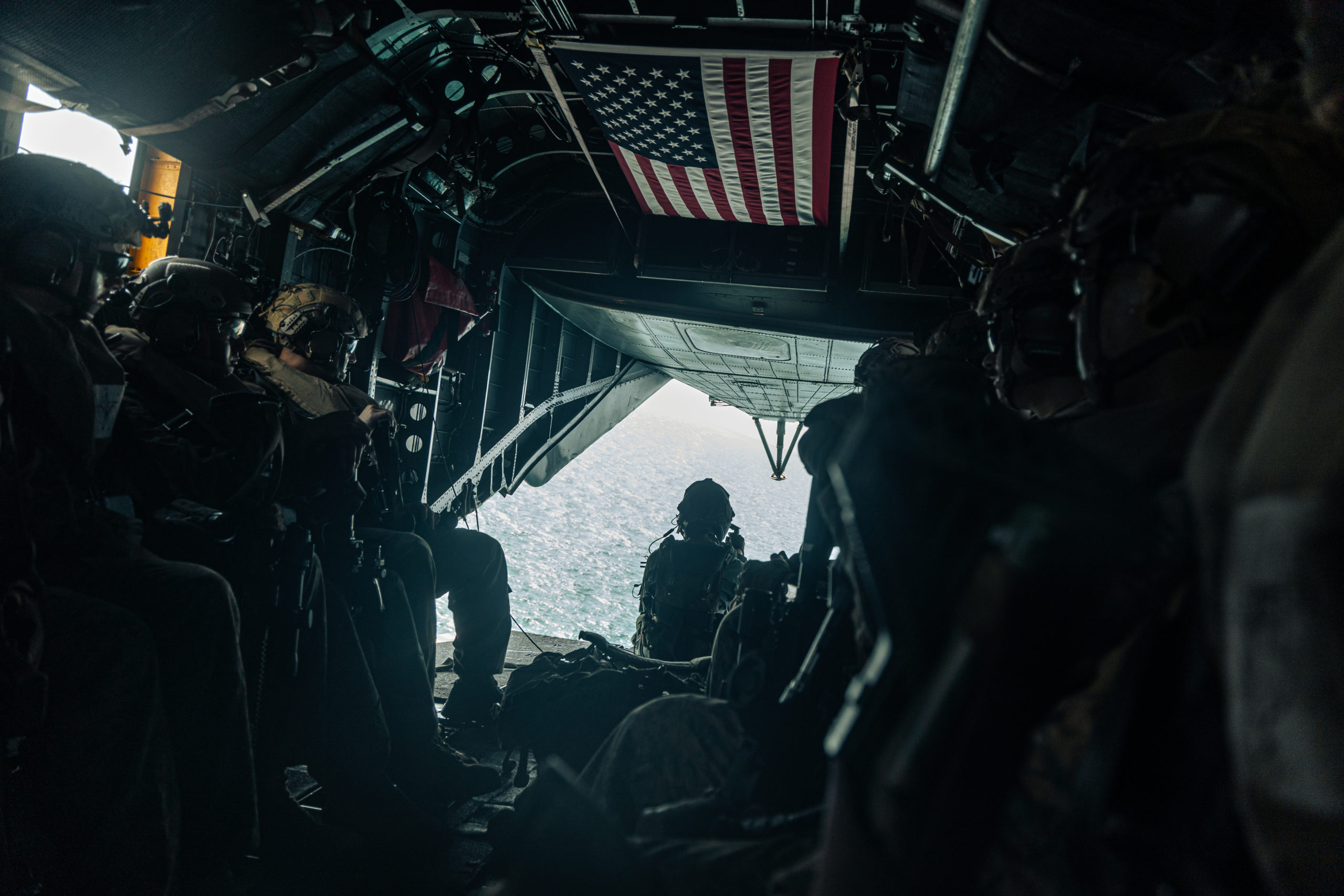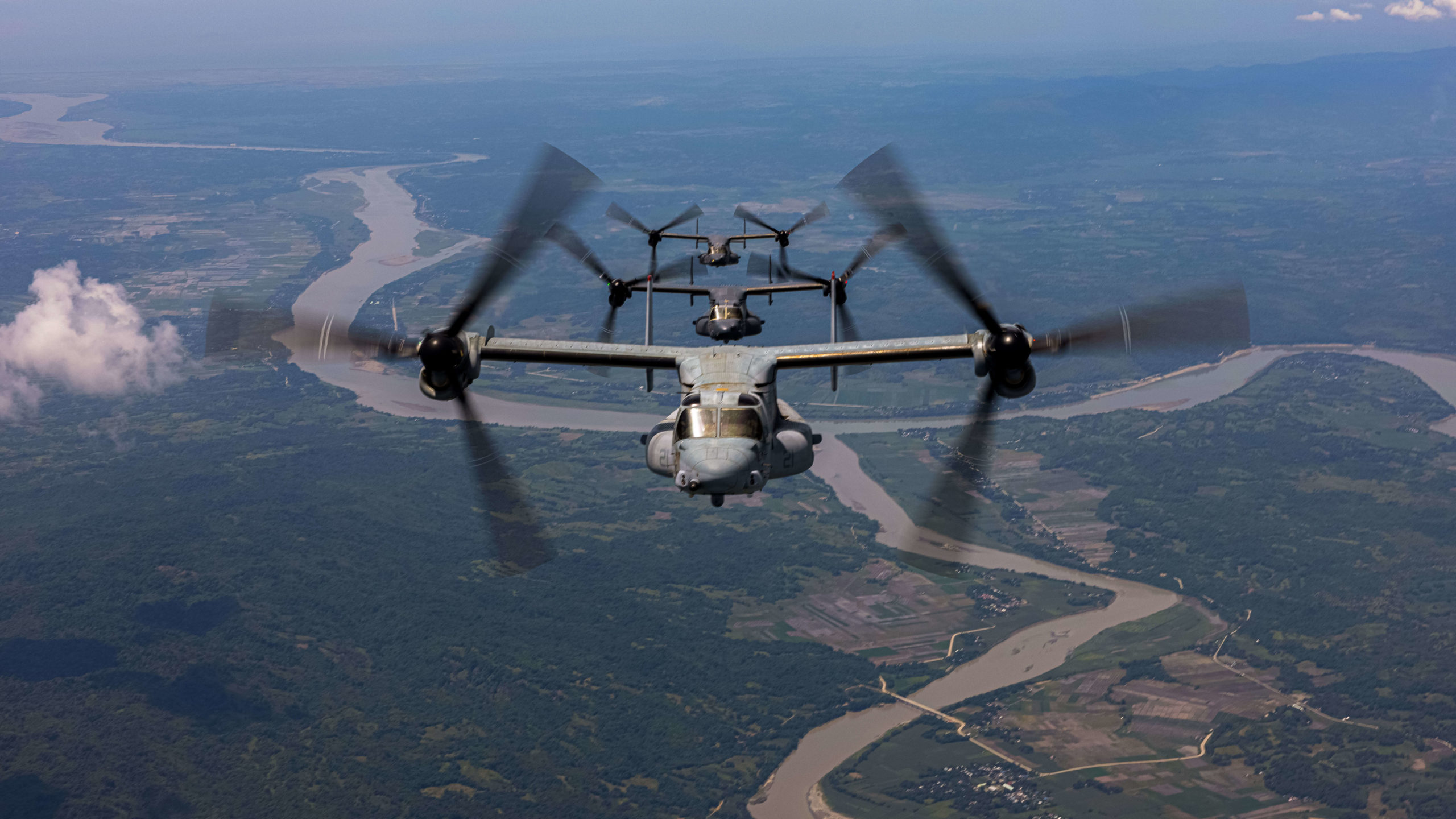Nearly five decades after Britain’s humiliating dash to the International Monetary Fund for a bailout, warnings of history repeating itself are echoing through Westminster and the City of London.
A growing chorus of economists, politicians, and financial commentators are drawing stark parallels between today’s economic challenges and the crisis that forced Denis Healey to famously turn around at Heathrow Airport in 1976 to negotiate Britain’s financial survival.
The alarm bells began ringing most prominently when Professor Jagjit Chadha, the former head of the National Institute for Economic and Social Research, warned that Britain’s economy was “on the brink of collapse.” Speaking to The Times, Chadha invoked Ernest Hemingway’s famous observation about bankruptcy: “First gradually and then suddenly.”
The comparison to 1976, when James Callaghan’s Labour government requested what was then the largest loan in IMF history, £3.2 billion under stringent conditions, has become a rallying cry for critics of the current government’s fiscal approach.
The 1976 Crisis: A Historical Context
To understand the current debate, it’s essential to revisit what actually happened in 1976.
Britain had become the “sick man of Europe” as inflation soared above 16 percent and the pound reached record lows against the dollar.³ The combination of an oil crisis and double-digit inflation made government debt deeply unattractive to international investors.
When Chancellor Denis Healey was forced to abandon his journey to a finance ministers’ meeting in Hong Kong to return home and negotiate an IMF bailout, it marked one of the most dramatic moments in British economic history.
The £3.2 billion loan came with stringent conditions: higher taxes, elevated interest rates, and what were then the deepest cuts in government spending on record. Britain was forced to accept external oversight of its economic policy, a humiliation that scarred a generation of politicians and civil servants. However, as critics of the current bailout warnings point out, Britain only needed the loan for six months and repaid it when the immediate crisis passed.
Today’s Warning Signals
The economists raising alarms today point to several concerning parallels. While inflation in 1976 was running at more than 16 percent compared to today’s 3.8 percent, they argue that Britain faces similar structural vulnerabilities through what they term the “twin deficits.”
The first is the budget deficit, the government is spending £60 billion ($125 billion) more than it raises annually. The second is the current account deficit, meaning Britain imports more than it exports to the rest of the world. This combination leaves the UK particularly dependent on what Mark Carney, the former Bank of England governor, memorably described during the Brexit referendum as the “kindness” of foreign investors.
Andrew Sentance, a former member of the Bank of England’s Monetary Policy Committee, has been particularly vocal in his warnings. “Rachel Reeves is on course to deliver a Healey 1976-style crisis in late 2025 or 26,” he declared, noting that she has “massively boosted public spending, borrowing and taxes — fuelling both demand-pull and cost-push inflation.” Sentance pointedly observed that Britain’s borrowing costs are now higher than Greece’s, which he described as “an indictment of where the UK is.”
Willem Buiter, another former Bank of England Monetary Policy Committee member, issued an even starker warning, suggesting that Chancellor Rachel Reeves would face market scrutiny that “will be at least as effective as the pressure from the IMF was in the 1970s” unless she changes course.
Market Signals and Political Rhetoric
The concerns aren’t limited to academic economists. Market indicators are showing signs of stress, with the cost of government borrowing, particularly 30-year gilts, steadily rising which is a clear signal of increasing nervousness among investors. The government’s retreat from planned welfare cuts has added to mounting evidence of market concerns, critics argue.
Political figures have seized on these economic warnings to attack the Labour government’s fiscal policies. Nigel Farage, the Reform UK leader, told The Telegraph that the situation felt like “the 1970s all over again,” but warned that Britain’s position was even worse now because the country is “bitterly divided” compared to the relative social unity of the 1970s. Conservative Party leader Kemi Badenoch described the surging cost of government borrowing as “the price” of Labour’s “economic mismanagement.”
The warnings have gained additional urgency with concerns about the autumn budget. Chancellor Reeves faces filling a deficit of as much as £40 billion in the public finances, and there are fears that without spending cuts, there could be another bond and currency market panic similar to the “Truss tantrum” that followed Liz Truss’s disastrous mini-budget.
Mark Dowding, the chief investment officer at RBC BlueBay Asset Management, captured market sentiment by warning that the pound was vulnerable to another market revolt if Reeves cannot bring down “runaway welfare spending.” He noted, “There is a sense that the market’s trust in the government’s policy stance is starting to evaporate.”
The Scale of Current Challenges
Recent data suggests the fiscal challenges are substantial. Public debt has reached 96.4% of GDP with a deficit of 5.1%—figures that are significantly higher than the 61.2% debt-to-GDP ratio recorded in 1976 when Britain required IMF support. Some analysts describe Britain as facing a £50 billion “black hole” in public finances, with surging borrowing costs and stagnant growth fueling fears of prolonged stagflation.
Professor Chadha has been uncompromising in his assessment of the risks. “By failing to address this critical issue we leave ourselves vulnerable to a random shock or something from overseas,” he warned. “We haven’t got a robust platform. Unless we sound alarm bells and get some action — preferably a fiscal consolidation plan — that’s the level of seriousness we are facing.”
The economist painted a dire picture of what an IMF bailout scenario might look like: “We will not be able to roll over debt, we will not be able to meet pensions payments, benefits will be hard to pay out.” Such warnings carry particular weight given Chadha’s previous role leading one of Britain’s most respected economic research institutes.
The Counter-Argument
However, not all economists share these apocalyptic warnings. Richard Murphy, a prominent tax economist, has mounted a systematic challenge to the bailout narrative, arguing that comparisons to 1976 are fundamentally flawed.
Murphy contends that the 1976 bailout was essentially unnecessary, pointing out that only half of the IMF loan was actually drawn and it was repaid in full within 18 months. He argues that the crisis was primarily one of understanding rather than genuine financial distress, rooted in Britain’s failed attempt to maintain Sterling’s reserve currency status in an era of global dollar shortage.
“Britain had balance of payments and current account deficits, but it wasn’t, and could never be ‘bankrupt,'” Murphy argues. He emphasizes that modern Britain, unlike in 1976, has full control over its currency and monetary policy. The Bank of England can create money as needed, a capability that was effectively demonstrated during the 2008 financial crisis and the COVID-19 pandemic when the government simply “created more money” to address economic challenges.
Murphy is particularly critical of economists raising bailout warnings, suggesting they have “remarkably little understanding of money” and are akin to “maybe 90+% of all macroeconomists and nearly 100% of microeconomists” who fail to grasp modern monetary theory. He argues that countries like Britain, which issue their own currencies, face fundamentally different constraints than they did under the Bretton Woods system that was collapsing in the 1970s.
The IMF’s Official Position
Perhaps most tellingly, the institution that would actually provide any potential bailout—the IMF itself—has recently offered a starkly different assessment of Britain’s economic prospects. In its 2025 Article IV consultation, the IMF actually endorsed the UK government’s fiscal strategy, stating that it “strikes a good balance between supporting growth and safeguarding fiscal sustainability.”
The Fund upgraded Britain’s growth forecast to 1.2% for 2025, describing the UK’s economic recovery as “underway” and projecting momentum to build through 2026. Crucially, the IMF characterized the government’s spending plans as “credible and growth-friendly,” noting that “they are expected to provide an economic boost over the medium term that outweighs the impact of higher taxation.”
The IMF’s assessment directly contradicts the bailout warnings, with the Fund stating that “as revenue is projected to increase, deficits are set to decline and stabilize net debt.” The organization also praised the government’s Growth Mission, stating it “focuses on the right areas to lift productivity.”
This official endorsement prompted a robust response from the Treasury, with a spokesperson calling warnings of a 1976-style crisis “unfounded” and emphasizing that the government’s fiscal strategy had been explicitly “endorsed by the IMF.”
Market Dynamics and Historical Context
The current market turbulence, while concerning, may not necessarily presage an IMF bailout scenario. Martin Weale, a former Bank of England rate-setter, noted that while “the markets are looking less favourably on us than they are any other major economy,” he hadn’t heard “anyone saying we’re at a point where we can’t access the debt markets.”
Paul Johnson, the former head of the Institute for Fiscal Studies, struck a similarly measured tone despite acknowledging challenges. “There clearly are issues because we are paying more interest on our debt than anyone else,” he observed, “but I don’t think there’s any indication that people are going to stop lending to us.”
This perspective suggests that while Britain faces genuine fiscal pressures, the situation may not be as dire as the most alarmist warnings suggest. The bond market’s willingness to continue lending to the UK government, albeit at higher rates, indicates that investors still view British government debt as fundamentally sound.
Alternative Crisis Responses
Even economists who acknowledge serious fiscal risks don’t necessarily see an IMF bailout as the most likely outcome. Some argue that if a fresh crisis emerges, the Bank of England would more likely slash interest rates while the government implemented an emergency austerity budget to restore market confidence, rather than seeking external assistance.
This reflects the reality that Britain retains significant policy tools that weren’t available or weren’t understood in 1976. The flexible exchange rate system, independent monetary policy, and modern understanding of sovereign debt dynamics provide options that simply didn’t exist during the Bretton Woods era.
The bailout debate reveals deeper tensions about Britain’s economic model and fiscal priorities. Critics of the current approach argue that years of avoiding difficult fiscal choices have left Britain particularly vulnerable to external shocks. As Professor Chadha noted, successive governments have “regularly withdrawn from any plan to reduce expenditure” while binding themselves by ruling out increases to major taxes.
This political dynamic where spending cuts are politically toxic but tax increases are ruled out creates what some economists see as an unsustainable fiscal trap. The government faces pressure to maintain or expand public services while operating within self-imposed fiscal constraints that may prove unrealistic in the face of demographic pressures and economic headwinds.
The Productivity Puzzle
Underlying many of these fiscal challenges is Britain’s persistent productivity problem. The IMF noted that “persistently weak productivity remains the UK’s primary obstacle to lifting growth and living standards,” with the UK experiencing “a decline in trend productivity growth since the Global Financial Crisis.” This productivity stagnation makes it harder to grow out of fiscal challenges and places greater pressure on the government to find alternative solutions.
The productivity challenge has multiple causes, including “chronic under-investment, low private R&D, limited access to finance for businesses to scale up, skill gaps, and a deterioration in health outcomes.” Addressing these structural issues requires long-term investment and reform—precisely the kind of policy initiatives that may conflict with short-term fiscal consolidation pressures.
Conclusion: Crisis or Confusion?
The debate over Britain’s potential need for an IMF bailout reflects genuine economic challenges but may also represent a fundamental misunderstanding of how modern monetary systems operate. While the fiscal pressures are real, high debt, persistent deficits, and market concerns about sustainability, the institutional framework within which these challenges occur has changed dramatically since 1976.
The most telling aspect of this debate may be the contrast between the dire warnings from former Bank of England officials and other economists, and the IMF’s own relatively sanguine assessment of Britain’s fiscal situation. If the institution that would provide any bailout sees the current fiscal strategy as sustainable and growth-friendly, it raises questions about whether the crisis rhetoric reflects genuine economic analysis or political positioning.
That said, the warnings serve an important function in highlighting the fiscal challenges Britain faces and the need for sustainable long-term policies. Whether these challenges require the kind of dramatic intervention seen in 1976, or can be managed through conventional monetary and fiscal policy tools, remains to be seen. What seems clear is that the debate itself reflects deeper uncertainties about Britain’s economic future and the difficult trade-offs between immediate political pressures and long-term fiscal sustainability.
The coming months, particularly the autumn budget and market reaction to it, may provide clearer evidence of whether Britain is indeed facing a 1976-style crisis or whether the warnings represent a more manageable set of fiscal challenges that can be addressed through conventional policy tools.
In the meantime, the ghost of 1976 continues to haunt British economic policy debates, serving as both a warning and a reminder of how dramatically the global monetary system has evolved over the past half-century.
This essay is published in memory of our colleague Harald Malmgren who certainly have written a piece on this issue for us.
Assessing Global Change: Strategic Perspectives of Dr. Harald Malmgren




